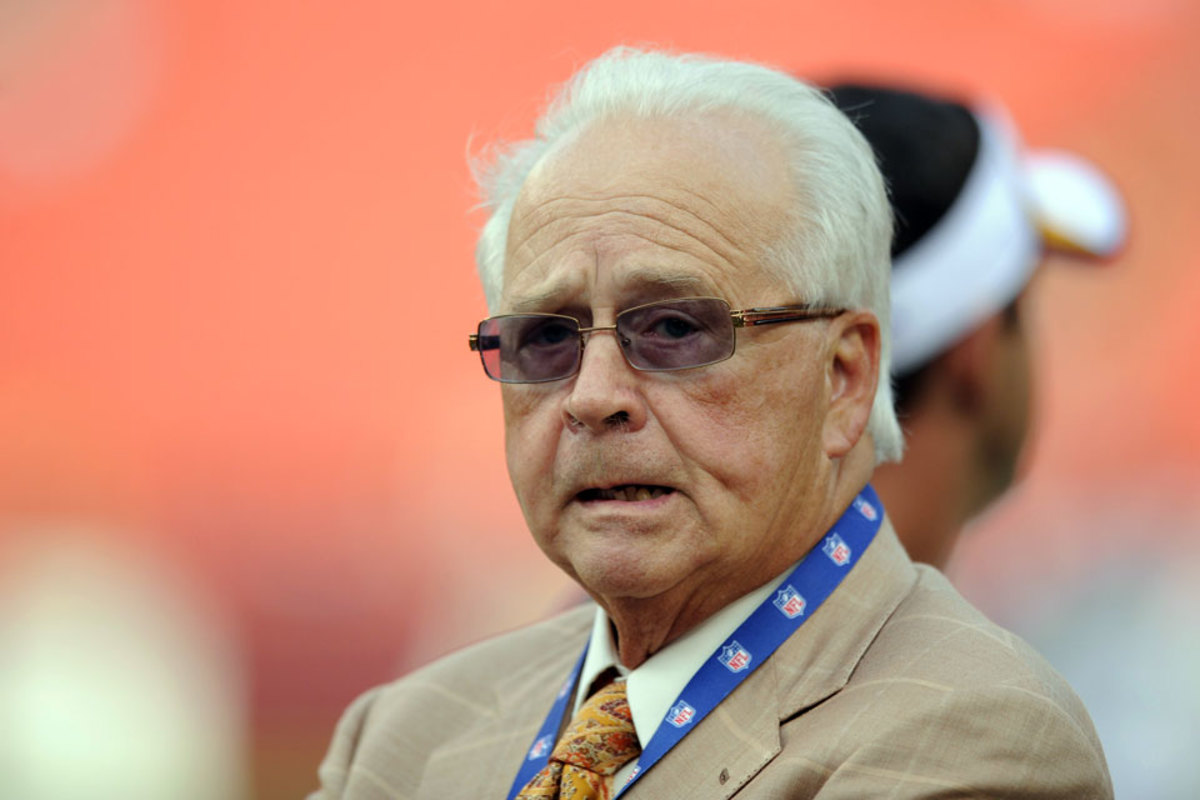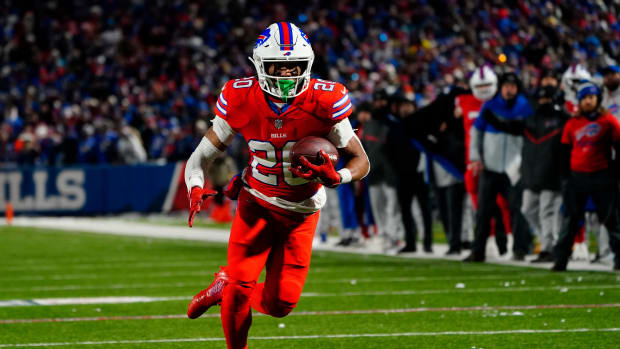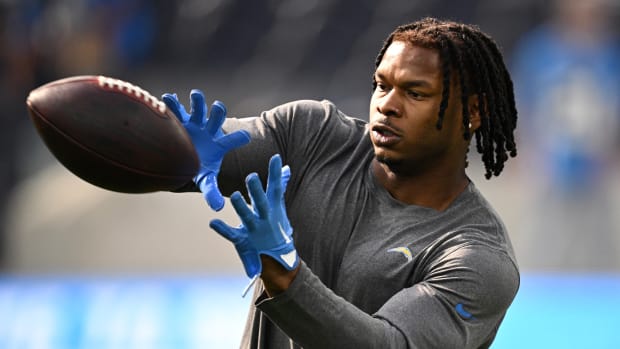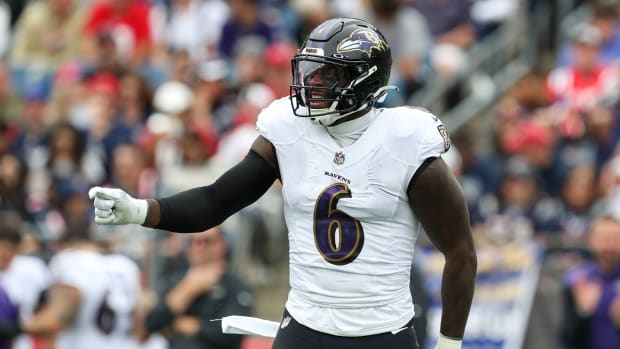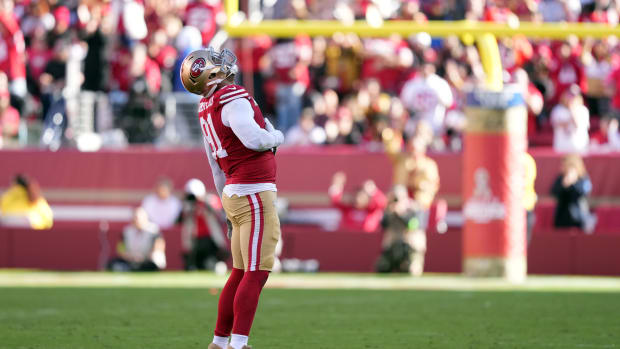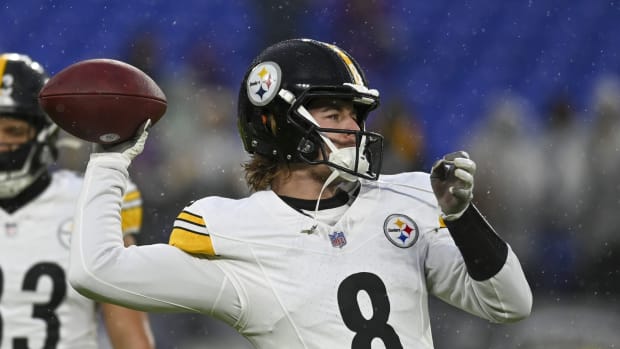The Business of Getting Better—and the Best
Giants safety Stevie Brown represents another in a growing trend of NFL players who are having surgery performed by someone other than his team’s doctor, opting to have his torn left ACL repaired not by Russell Warren—who was ready, willing and able to operate—but instead by James Andrews.
Warren isn’t just a capable orthopedic surgeon, he’s respected greatly by his peers. This includes Andrews (pictured above), who often finds himself in the tricky position of seeing the patient of a trusted colleague who works for an NFL team and then apologizing for doing so. As Jenny Vrentas reports in her story about Brown’s surgery, Andrews left the operating room and called Warren with an update, telling him, “I apologize for him being down here; I don’t need to be doing any of your guys. It always makes me feel bad. Anyway, we got him fixed good.”
During my 10 years in the Packers’ front office, we preferred players to have surgery done “at home” with our team doctor (or a local specialist, if needed) so players could rehabilitate while having regular contact with the surgeon who did the procedure. During my time in Green Bay, very few players sought outside surgeries. That, however, has been changing in recent years throughout the league. There are a couple reasons fueling this migration.
The first is the constant need—real or perceived—for agents to prove their worth. The agent business becomes more cutthroat every year, with greater numbers of aspiring agents competing for the same number of players. Poaching is rampant, with players constantly hearing about (or from) other agents who offer something the player hasn’t had: increased personal attention, an upgraded contract, additional endorsement deals or access to “the best” medical care.
Many agents have “their guy,” and that guy often happens to be Andrews. He is the game day doctor for the Redskins, but has also operated on the fast-healing ACLs of Adrian Peterson, Robert Griffin III and Brian Cushing. Getting their clients in for a second opinion and/or surgery with Dr. Andrews is perceived as an added value to players, and agents certainly sell it that way.
The other reason more players are seeking treatment elsewhere is a growing distrust of team doctors. Agents, teammates and the NFL Players Association stimulate this lack of trust. Specifically, the union emphasizes to players 1) their collectively bargained right to seek an outside second opinion and/or surgery for an injury; 2) documented issues with a couple of team doctors, who are often seen as generalists rather than specialists, and 3) the team doctor’s perceived inherent loyalty to the team, rather than the player.
The new reality in medicine is clear: second opinions and outside surgeries have become a staple of doing business in the NFL.
More on ACL Injuries
Stevie Brown’s ACL Surgery: 63 Minutes to a New Knee
































